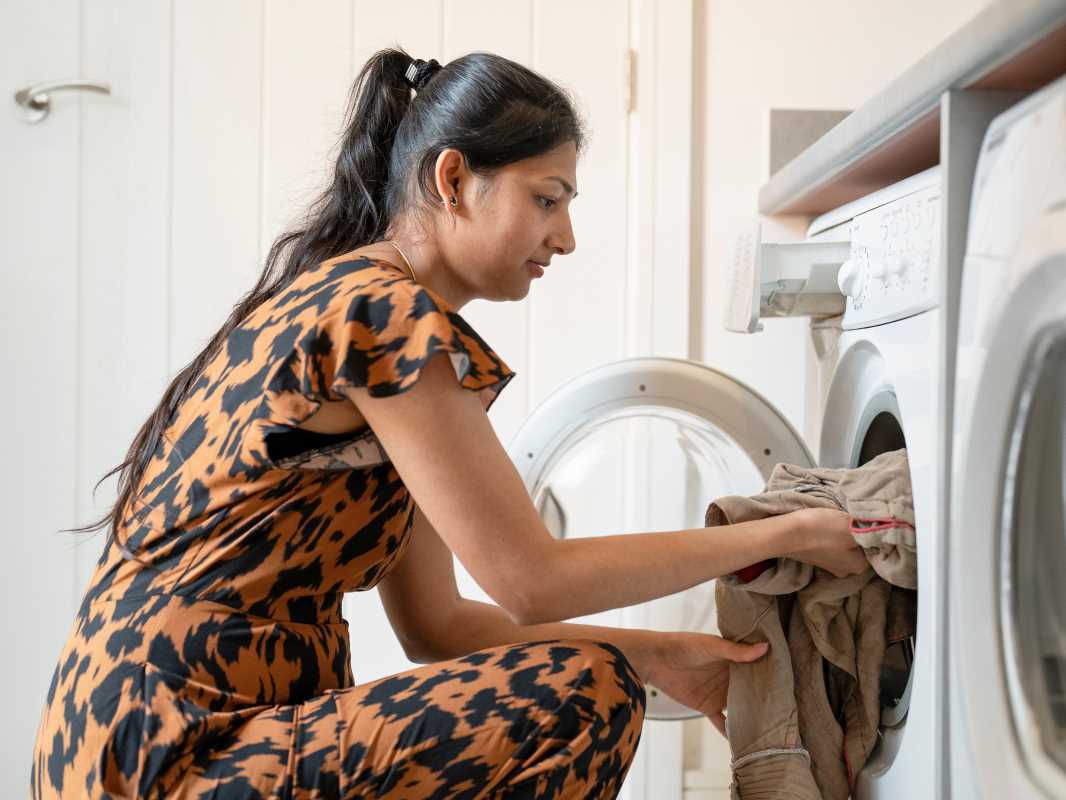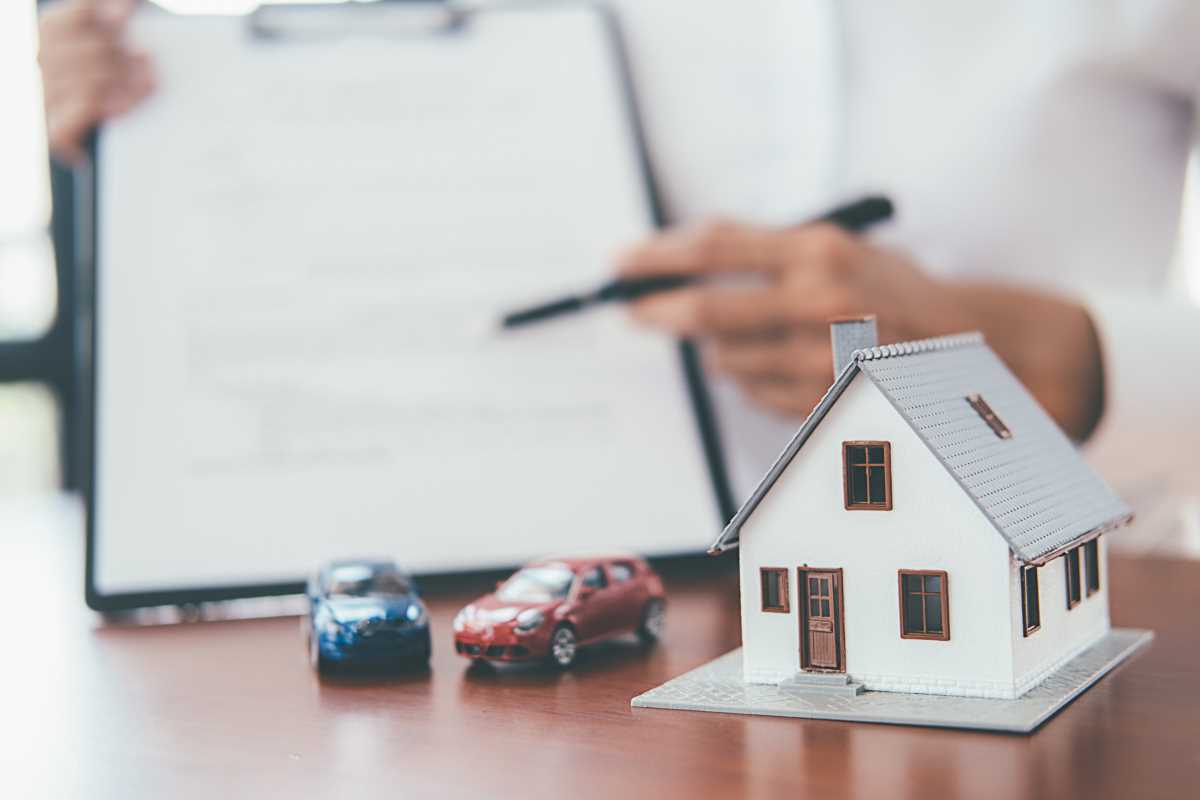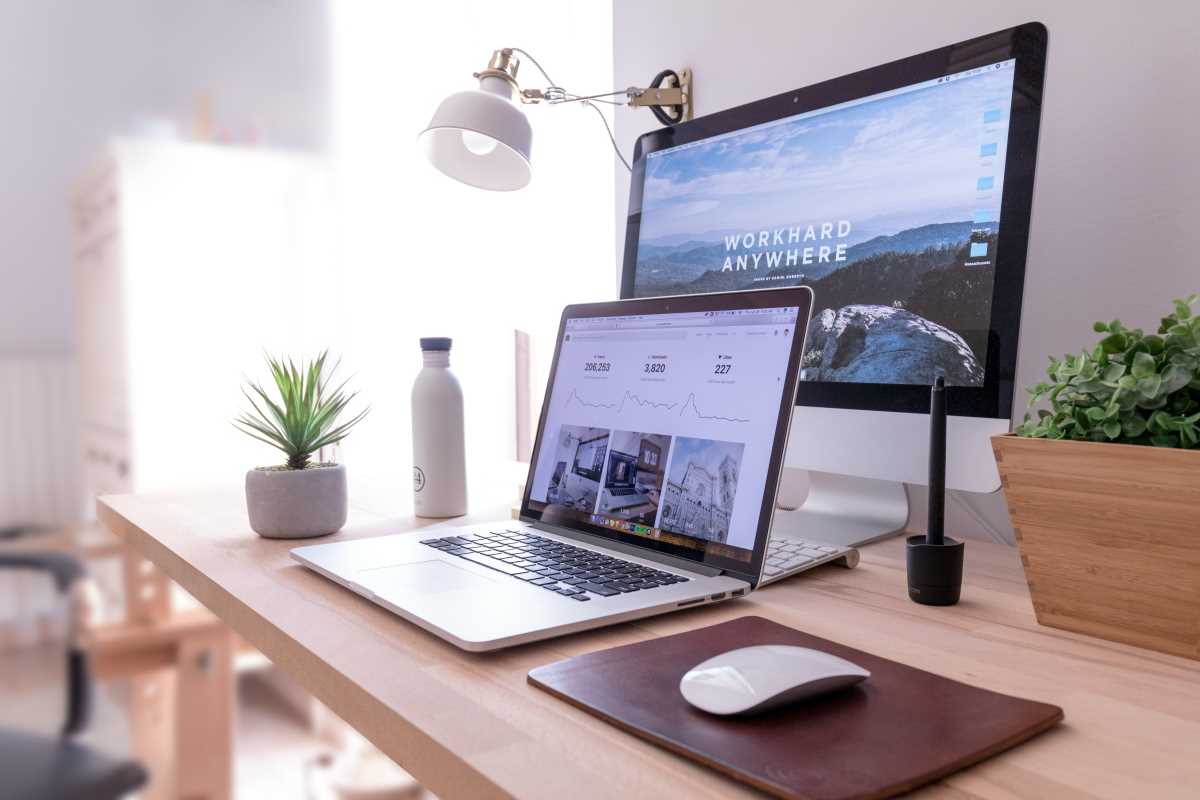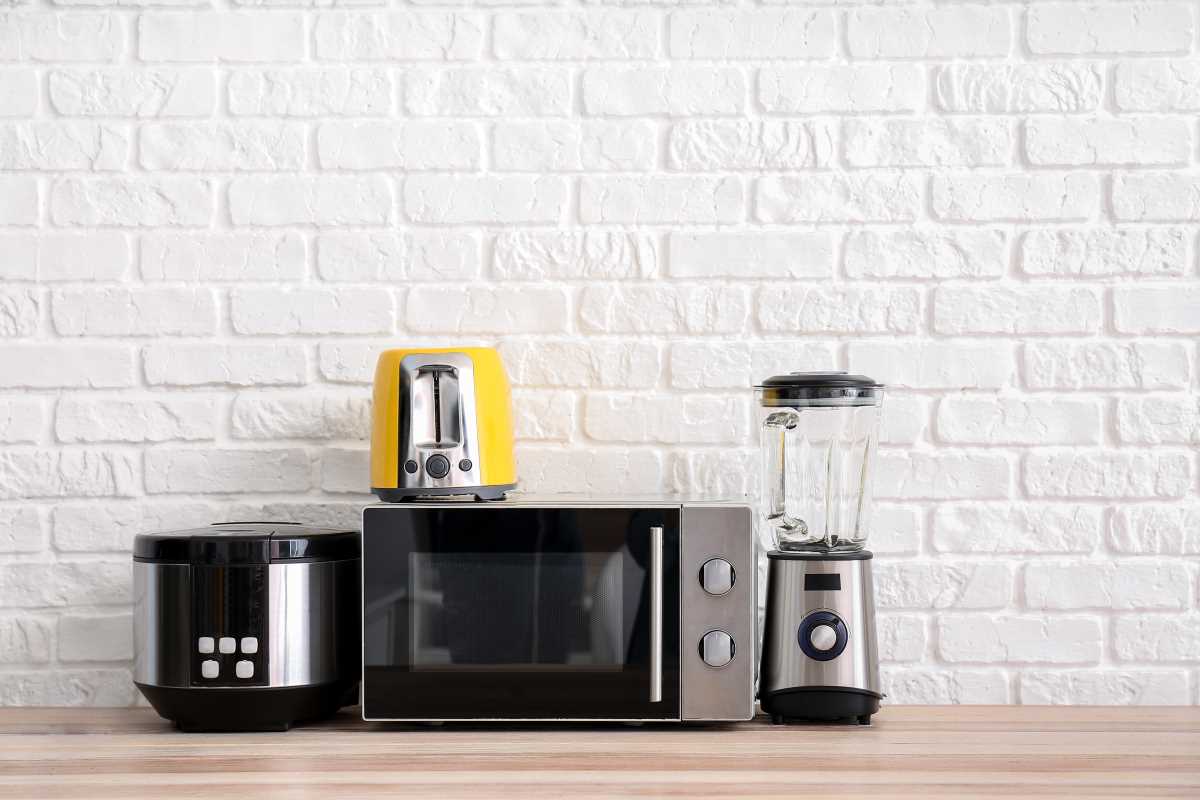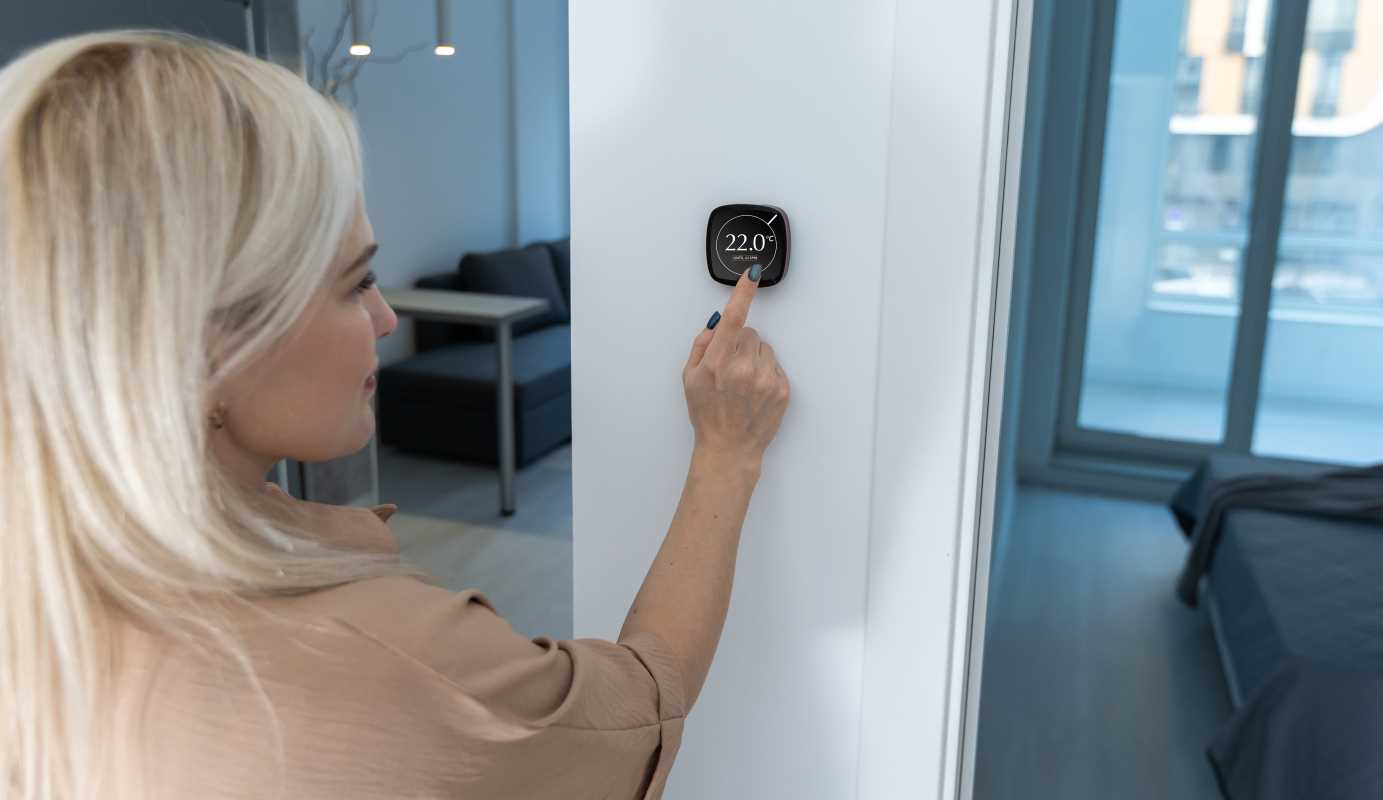Few things are more annoying than a toilet that refuses to stop running. You sit down to relax after a long day, and suddenly, there's that relentless plink-plink-plink coming from the bathroom. It's more than just a nuisance; it's a stealthy culprit that can cause your water bill to climb unexpectedly. Rather than letting it disrupt your peace any longer, let's tackle this issue together. In this article, you'll find straightforward and easy-to-follow instructions to fix that pesky problem. Once you've handled it, you can return to enjoying your home without that nagging worry in the back of your mind.
Picture coming home after a long day and hearing a persistent, annoying sound coming from the bathroom. You might even think it’s a small issue until you see your water bill skyrocket at the end of the month. With a little know-how and a few basic tools, you can fix this problem yourself and save both time and money.
What Causes a Toilet to Run?
Several small problems inside your toilet’s tank cause the constant running. The issue often originates from parts that have simply worn out or become misaligned over time. Recognizing the root cause early can prevent unnecessary water waste and extra expenses.
The most common reasons include problems with the flapper, faulty fill valves, or issues with the float. When these parts don’t work as they should, water leaks into the bowl and the tank repeatedly tries to refill, causing a chain reaction that keeps the toilet running.
- A worn or misaligned flapper that does not seal properly
- Faulty fill valve causing water to overflow
- Improperly adjusted float that doesn’t shut off the water flow
- Cracks or mineral buildup in internal components
Essential Tools and Supplies
Before you start fixing a running toilet, gather the basic tools and supplies you might need. Being prepared saves you time and prevents frustration, especially if you encounter unexpected issues along the way.
Most simple repairs require common household tools and a few replacement parts. A little preparation and the right supplies make you more confident and in control of the repair process.
- Adjustable wrench
- Screwdriver (flathead and Phillips)
- Pair of pliers
- Replacement flapper or fill valve kit
- Clean cloth or sponge to clean the tank
9 Simple Steps to Stop a Running Toilet
Follow these straightforward steps to diagnose and fix the problem that makes your toilet run continuously. Each step emphasizes clarity so you feel comfortable working through the repair without needing expert guidance.
Take your time and work carefully before starting. Rushing might lead to a misdiagnosis or further issues with your toilet. Get comfortable with the process and read through all instructions fully.
- Locate the water shut-off valve, usually near the base of the toilet, and turn it off. This stops the water flow and prevents further wastage while you work on the issue.
- Carefully remove the tank lid and set it aside in a safe place. This gives you easy access to the internal parts that keep your toilet functioning.
- Inspect the flapper for signs of wear or misalignment. Sometimes cleaning or adjusting it can fix the running issue. Look carefully for cracks or deformities in the material.
- Check the chain connected to the flapper. Make sure there is slight slack and that it isn’t too tight. A chain that’s too short can cause the flapper to stay partially open, leading to continuous water flow.
- Adjust the float mechanism so the water level in the tank is correct. A float that sits too high will signal the fill valve to allow more water than necessary, causing your toilet to cycle constantly.
- Thoroughly clean the internal components. Mineral buildup can interfere with the operation of the flapper and fill valve over time. Use a mild cleaning solution and a cloth to remove residues.
- Examine the refill tube to ensure it’s correctly directed into the overflow tube. Misalignment here can prevent the proper shutdown of water flow after adjustments.
- Slowly turn the water back on and watch the toilet. Listen carefully to see if the running sound stops, and check that the water level stabilizes at the marked level in the tank.
- If the problem continues, consider replacing the faulty parts. Purchase a replacement flapper or fill valve at a local hardware store and follow the manufacturer’s instructions carefully to install the new part.
Quick Fixes vs. When to Call a Pro
Some toilet problems are simple enough for a confident DIY fix. Cleaning or adjusting the flapper and ensuring the float mechanism works properly are tasks most homeowners can do easily. These quick repairs often resolve the issue if you catch them early.
More complex problems require professional help. If replacing the flapper or adjusting the chain doesn’t fix the issue, or if you notice cracks in the porcelain or continuous leaks from the base, it’s time to call a plumber. Prioritize safety and efficiency when handling plumbing repairs.
- DIY repairs such as cleaning, flapper replacement, and adjusting the float are straightforward and affordable.
- If these repairs don’t stop the leak, or if you see persistent issues or leaks from the base, consider hiring a professional plumber.
How to Avoid Future Toilet Troubles
Keeping your toilet working well doesn’t need to be a constant challenge. Regular habits can drastically lower the chances of encountering these problems again. Routine inspection and maintenance help catch minor issues before they turn into costly repairs.
Proactive care keeps your toilet efficient and your water bill low. With these practical tips, you’ll spend less time worrying about leaks and more time enjoying your home’s comfort.
- Check the internal parts of your toilet monthly. Look for signs of wear or mineral buildup that can affect performance.
- Clean the inside of the tank periodically using a gentle cleaner. Keeping parts free of debris can extend their lifespan significantly.
- Monitor the water level regularly to ensure it does not go beyond the recommended mark. If it rises too high, adjust the float immediately to prevent unwanted leaks from a running toilet.
- Keep a basic repair kit nearby. Having extra flappers, a replacement fill valve, and the necessary tools allows you to address issues promptly before they become bigger problems.
- Learn the basics of toilet maintenance. A little extra knowledge can help you complete minor repairs and prevent major issues.
Regular preventive care keeps your home comfortable and efficient. Stay alert and act promptly to avoid unnecessary disruptions.
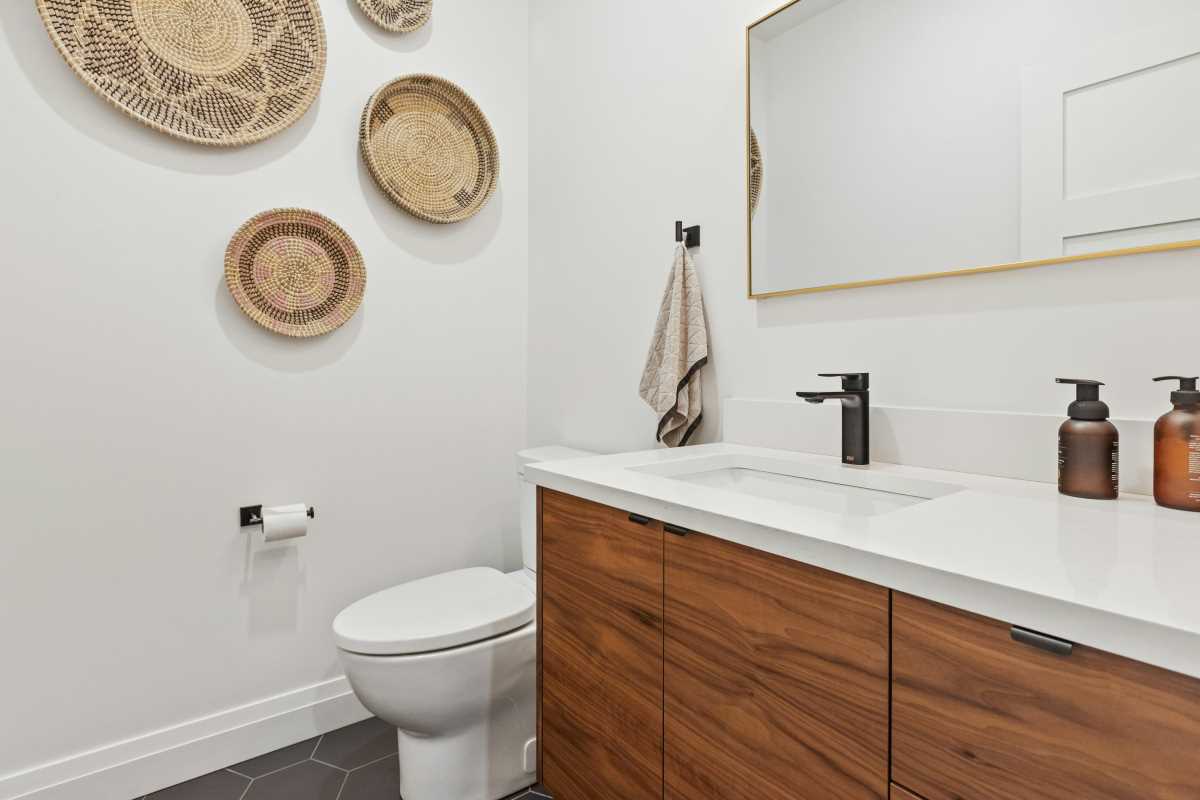 (Image via
(Image via